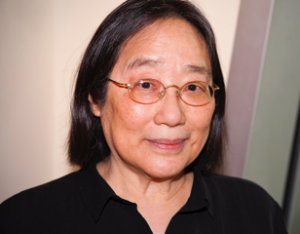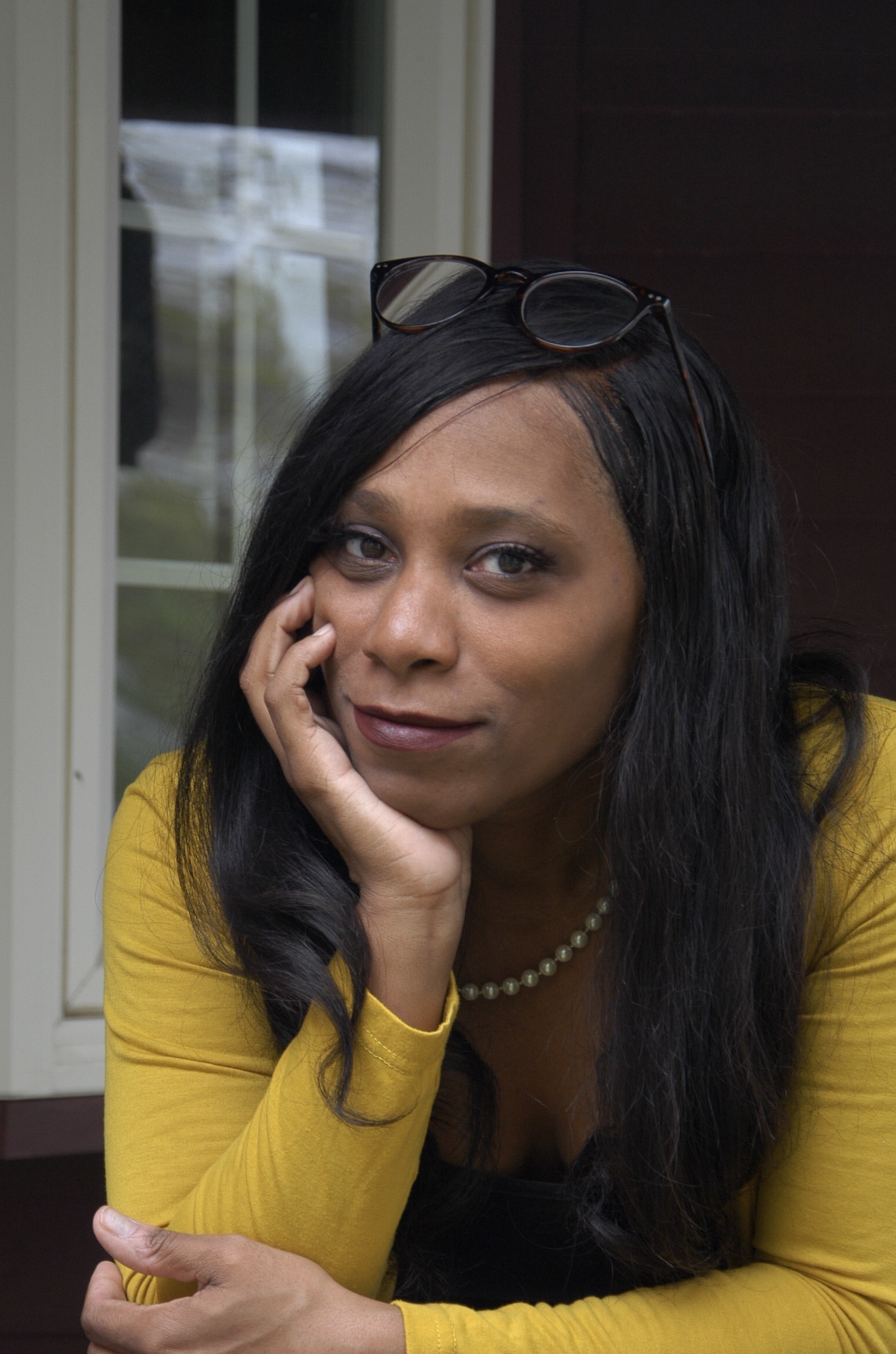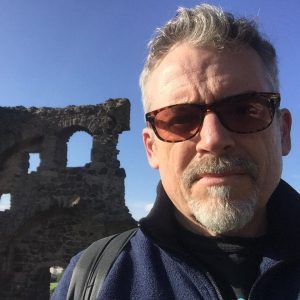Get to know the playwrights of The Greenway Series, the second round of our Walking Plays audio play series that take place at the beloved Rose Kennedy Greenway. We asked them a few questions about what it was like to take part in creating this series and what they hope listeners will take away from their respective plays.
Rosanna Yamagiwa Alfaro, Walking It Off
What was the most challenging aspect of writing an original work that is part of a larger series? What was the most rewarding?
Writing “Walking It Off” as part of a larger series was challenging for me because I think of playwriting as a solitary activity until rehearsals and production. I’m usually more alert to inner than exterior space, and I was also not that familiar with the Rose Kennedy Greenway. In the end I found the project very rewarding for the same reasons. The stretch of the Greenway I was assigned began from the Chinatown Gate, and that instantly made me think of the recent uptick of Asian hate crimes. I also worried about creating characters that someone else might hesitate to have in their play.
Where did you draw inspiration from?
I was particularly interested in Asian hate crimes against the elderly especially since they exacerbated the usual worries of old age. The immediate inspiration for my play was the fact that my husband and I woke up one morning and discovered our front door unlocked and our back door wide open.
What do you hope listeners will take away from your play?
I hope the takeaway from my play is a better understanding of the fear that hate crimes inspire among the old and their families, especially when compounded with general concerns about the loss of independence, mobility, memory, and, of course, loved ones.
What is your favorite thing to listen to on a walk?
These days I love to hear the sound of other people walking with their friends or eating at outdoor restaurants, not to mention the sound of street musicians.
Kirsten Greenidge, Hummingbird
What was the most challenging aspect of writing an original work that is part of a larger series? What was the most rewarding?
The most challenging was first figuring out which character of Rosanna’s to choose and then working to honor how Rosanna had drawn the character, and then also adapting her enough so that I could make her my own in my own play. With a short piece, there is not as much time for an audience to acclimate to change. I was aware that if someone has just encountered Sally in the play before my own, and I make changes to her that really jar an audience, even if they are exciting changes, that process of catching up can also take the audience out of my play. So I wanted to be sure to make Sally different but also somewhat recognizable, given the time frame within which I was working.
I found using the landscape of Boston very rewarding. My first walk from Dewey Square to the Carousel was like a treasure hunt. And I did it at a time of day and on a day of the week when that area of the city is a bit vacant of people milling about. So I felt as if I was sharing something very special with the people who were there and who were watching me take picture after picture of the things we notice on that stretch, like the public art installations and green spaces, but also the items we sometimes forget are there, like the sewer covers and the graphics on the trash and recycling bins.
Where did you draw inspiration from?
During one of my walks it was a Saturday morning, and as I walked, I got a look at one of the apartments in one of the high rises that run alongside the Greenway. One of the sets of apartments has these plate glass windows and in one I could see a child’s fabric playhouse. It was a castle in shades of pink. The entire apartment seemed very still. Now, there may be many, many reasons why that playhouse and, presumably, the apartment in general, seemed very still that early on a Saturday. Maybe the family was away. Maybe the house is for a grandchild or nephew or niece who was not visiting at the time. Maybe everyone was plugged into ipads. Maybe the kid was at soccer. I do know that most mornings with my own kids are loud. And that when I looked up and saw those nylon turrets, I’d kind of expected them to be bouncing about. So I drew inspiration to continue to write about the pandemic and the release that play can bring by having looked up at that apartment window AND having my writing section end with a carousel, something many of us associate with childhood.
What do you hope listeners will take away from your play?
I hope listeners take away the idea that all of us, even when we are older, need play in our lives. There are many ways to play. But all of us need to smile and to laugh, especially when the world feels as if it is bearing down on us.
What is your favorite thing to listen to on a walk?
I usually listen to music on my walks. But I also like to listen to True Crime mysteries or something similar.
John Minigan, Mother’s Day
What was the most challenging aspect of writing an original work that is part of a larger series? What was the most rewarding?
The biggest challenge was in the preparation, since I didn’t know the characters that would be in the play prior to mine and couldn’t write dialogue until those plays were done. So I worked to get as familiar with the site and its history as I could and thought about what kinds of stories might work.
And it turns out, that was also the most rewarding. I loved discovering how the story of a character in Kirsten Greenidge’s play might resonate in a different section of the Greenway at a different moment in her life.
And I’m such a fan of the folks who wrote for the first Walking Plays series and of Rosanna and Kirsten in this series that just getting started felt intimidating. There was absolutely a sleepless night before I sat down to start writing.
Where did you draw inspiration from?
The northern section of the Greenway rang a lot of bells for me, from memories of “special family dinners” in the North End to shopping regularly with my wife at Haymarket stalls years ago. I was also fascinated by all that was unearthed by archeologists during the Big Dig. And seeing how the place had such meaning for the characters in Rosanna and Kirsten’s plays was also really powerful.
Also, I realized on the first day I walked the route of the play, on a gorgeous afternoon in April, that I hadn’t actually set foot in Boston since February of 2020. So the ideas of what it means to come out of isolation, to re-enter the world after being quarantined from it, to bring to light things that we hide in order to “stay safe”… All that kept tugging at me as I wrote.
What do you hope listeners will take away from your play?
I thought a lot about what’s below the surface–not just tunnels filled with cars under the Greenway, but the things we push out of view and the good and bad reasons we do that. I hope folks think about how much has been buried, stowed away, not looked at – in our lives and in our histories – and consider what things should be brought into the light.
What is your favorite thing to listen to on a walk?
Conversation! Whether it’s a walk with a friend or family member, I love to listen. And when I’m walking on my own, I listen mostly for the sounds of conversations around me. Not, I hope, in a creepy way.



